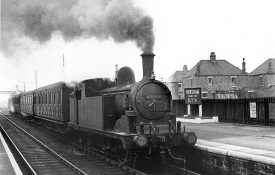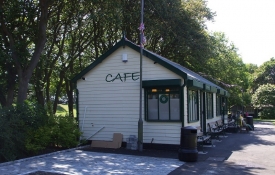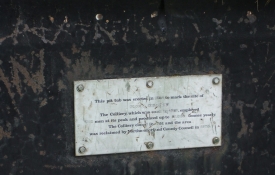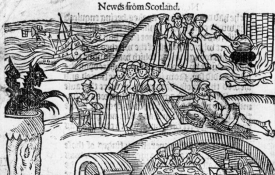Welcome to the Community View section of the website. This area is dedicated to articles of interest, community information and local topics that are submitted by members of the public or guest writers. It is also the main section dedicated to the Youth Media Group Project.
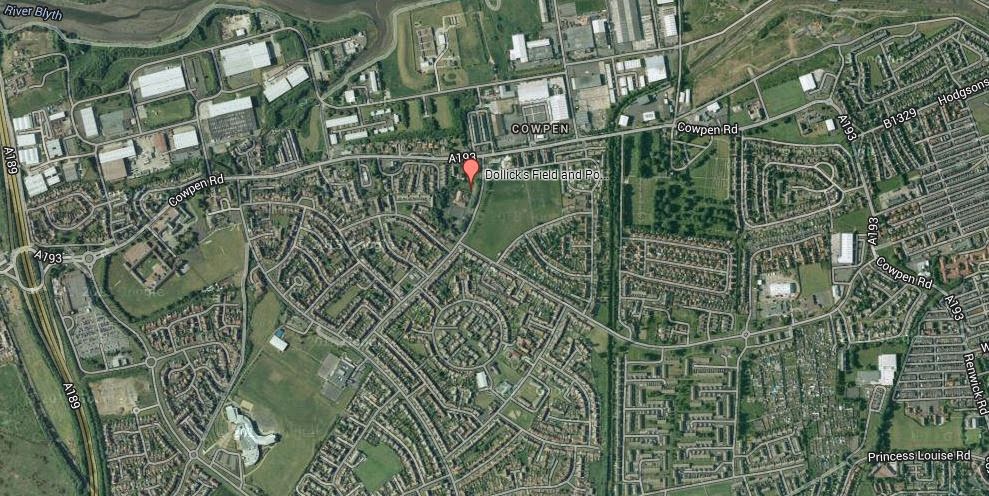
| Cowpen c1895 |
So, why was it significant and who, or what, was Dollick?
| 1620 Division of Cowpen Lands |
...it is time to pay some attention to the agricultural conditions that then prevailed, and to examine the causes that prevented a customary tenant ( (law) a tenant occupying a property under the customs of the manor - generally a low-status tenant with little security of tenure) right ripening into copyhold of inheritance. Up to this period the Cowpen husbandry tenants had, in all probability, enjoyed as favourable terms as were accorded to their class in other parts of Tynemouthshire; yet the formal establishment ot copyhold tenure, won in 1619 for other lands of the suppressed monastery was not extended to Cowpen. The sixteenth century proved a critical period. It might have seen the growth of numerous small copyhold estates existing side by side with the more ancient freeholds. In place of that, the customary tenants went under, and their lands, absorbed into a single demesne, were ultimately granted to one large landowner.
Coal mining and the salt industry were even then attracting capital to the district. The value of the minerals that underlay this area was beginning to be recognised, and no doubt the Crown found it more advantageous to deal with men of substance holding their lands for a term of years, than to sanction a right of succession to small farmers. Custom might be easily overthrown in a single village if the tenants in the rest of the liberty were not provoked to make common cause.
Here is a perfect example of the run-rig system, a method of cultivation once common in Scotland and Ireland, but infrequently found on the English side of the Border. The features to be noted are the absence
of a permanent distinction between arable fields and grass lands the periodic re-allotment of arable strips, probably occurring at regular intervals of five years; the ' general consent of neighbours ' authorising and sanctioning the act and the application of the principle to freeholds as well as to customary land.
Such a system was incompatible with colliery enterprise. As soon as coal mining had advanced beyond the first stage of working the outcrop and it was impossible that capital should be sunk in mines of which the ownership might at any date be transferred to others by the chance fall of the lot and the general consent of neighbours.
The predominant influence of a single large freeholder, anxious to improve his estate, is antagonistic to communal farming, as a form of Agriculture at once conservative and democratic and it is therefore natural
that, soon after the Delavals had secured a permanent interest in half the township, they should have found means to procure a division of the common fields and free themselves from the trammels of the run-rig system, securing, at the same time, a workable royalty. Articles for a general enclosure were drawn up on November 15th, 1619.
Dollick's field is not readily identifiable on any survey or document prior to 1620. It seems most likely that it had already been enclosed before this date. Stan Beckensall in his book "Northumberland Field Names" lists a Dollackelaw field being mentioned in a survey of South East Northumberland in 1295, but not much further information is given on this entry, except that "law" in this context means low level ground.
| Modern Google Street View of Dollick's Field |
The English Dialect Dictionary 1900 gives the meaning of Dollick as a "little woman". However, despite the name Dollick being of some importance in Cowpen to have survived, at least as oral tradition, into the 20th century, the meaning has now seemingly been lost to our generation. Cowpen did become a major coal-mining district, especially in the late 18th century.
